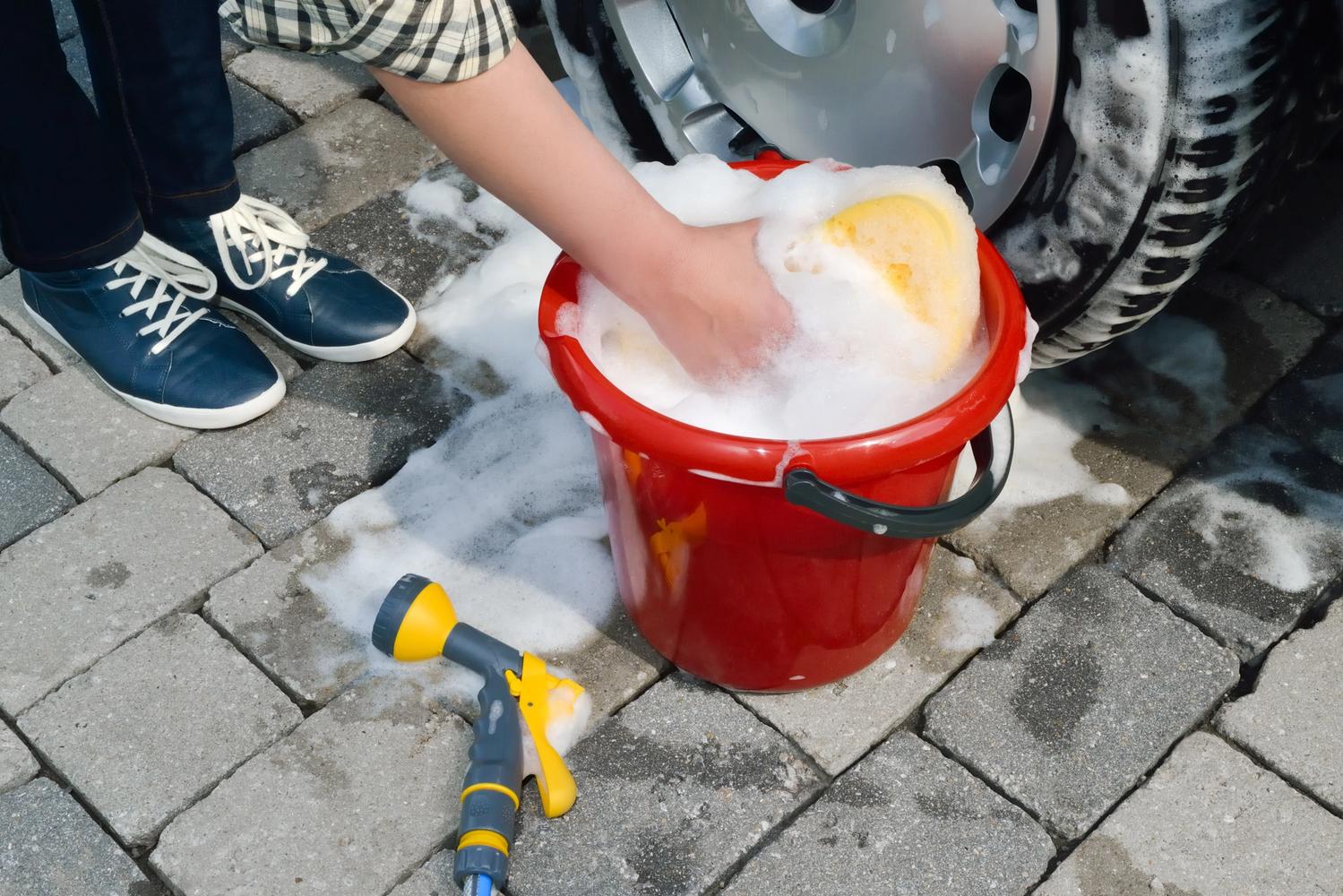Water is essential to every business, from keeping a school kitchen running to ensuring a hospital can provide critical care. Yet, with our region facing significant water stress, using water wisely isn’t just good practice — it’s crucial. Here are our tips to help you get started on your water-saving journey:
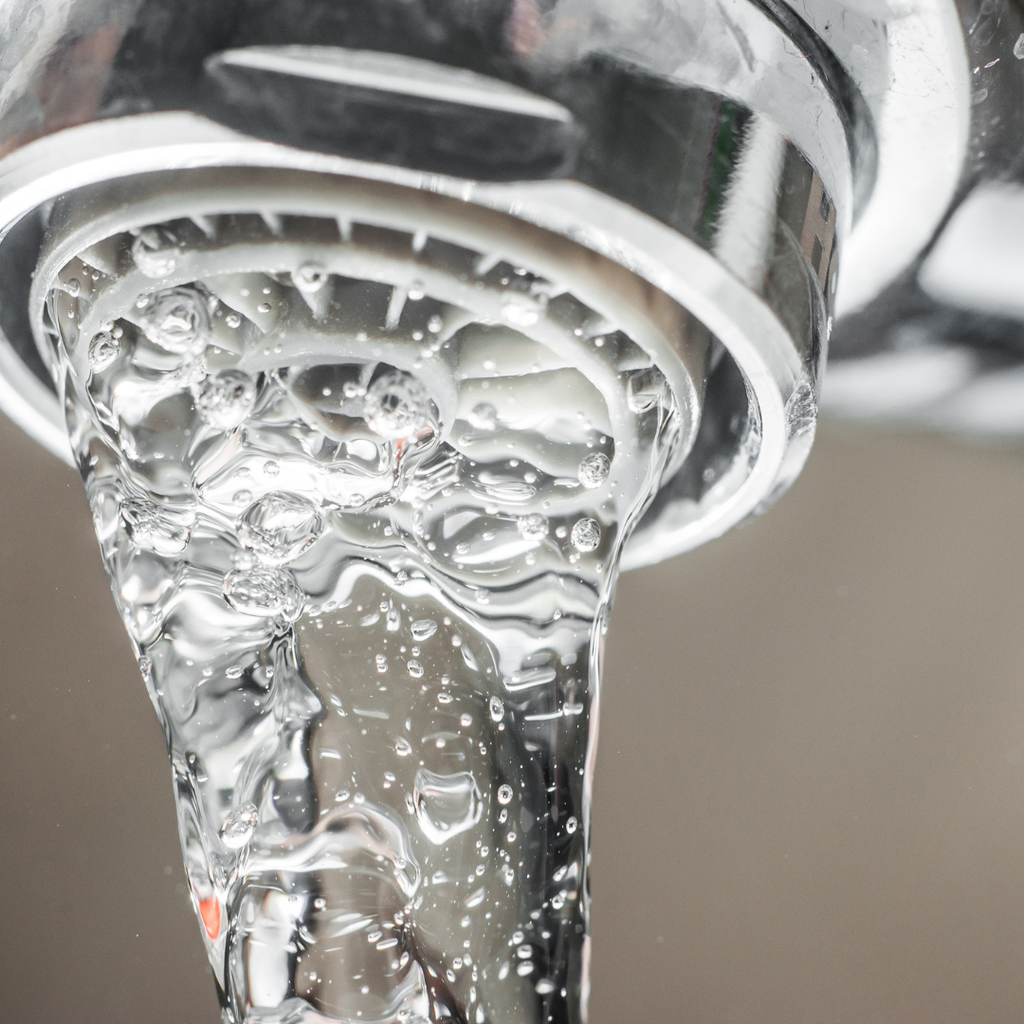
Upgrade Washrooms
Install water-efficient fixtures like low-flow aerators on all taps and dual-flush toilets or cistern displacement devices. You can order up to two for FREE from us here(opens in a new tab).

Use Waterless Urinals/Controls
Implement flush controls or switch to waterless urinals to prevent constant or unnecessary flushing in commercial settings.
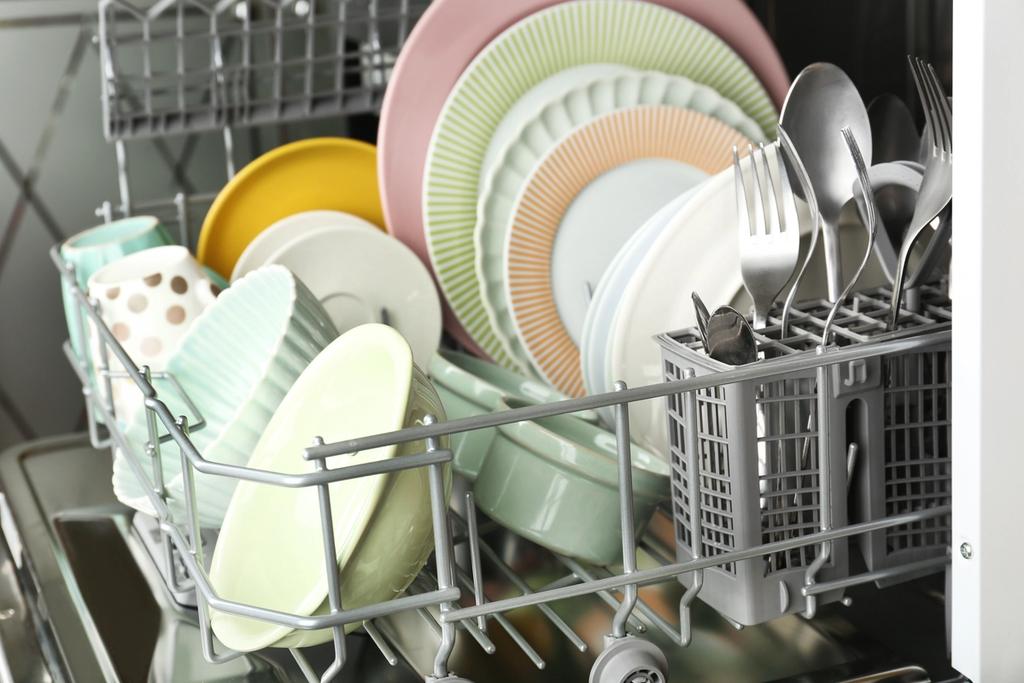
Optimise Kitchen/Catering
Use full loads in dishwashers and washing machines; install pre-rinse spray nozzles with automatic shut-off in catering.
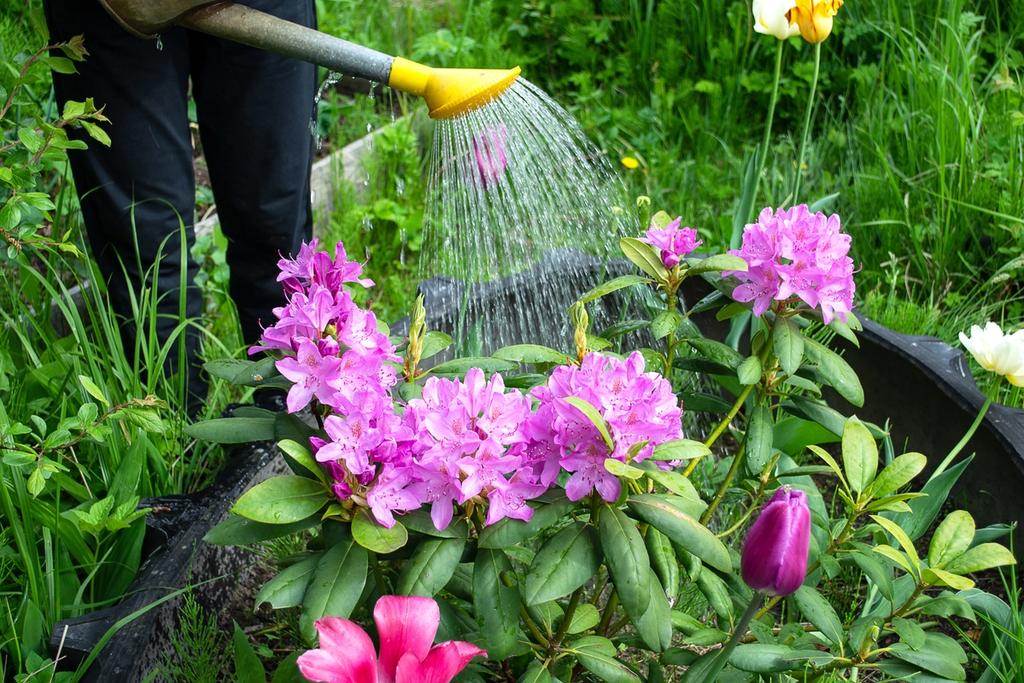
Reduce Landscape Irrigation
Switch from sprinklers to drip irrigation systems and use rainwater harvesting (water butts) for non-potable uses like watering grounds.
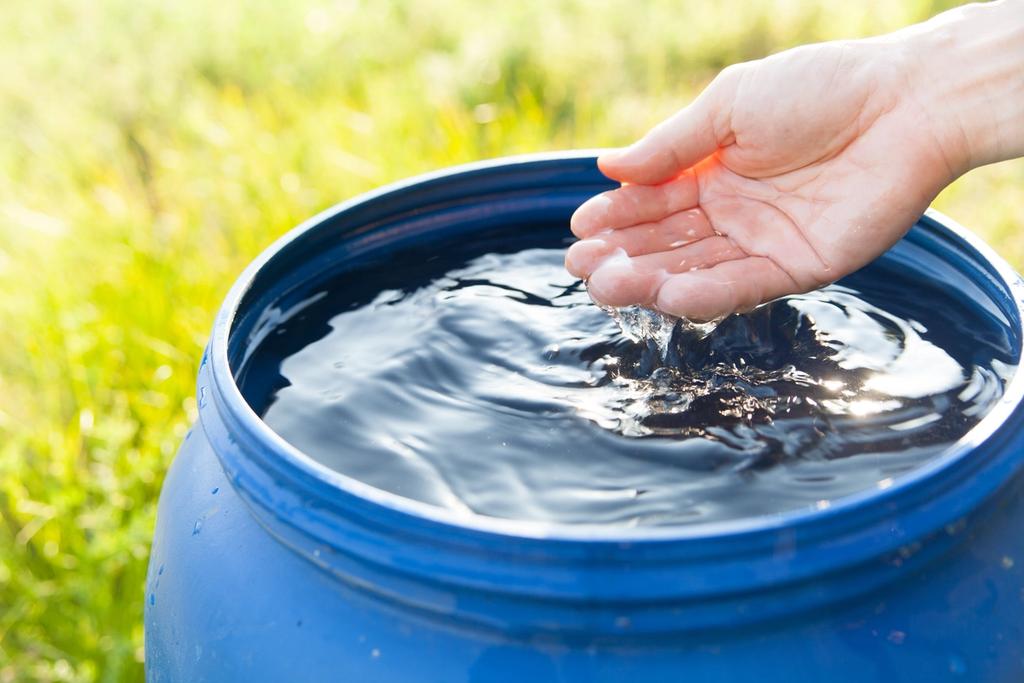
Harvest Rainwater
Collect rainwater from roofs to use in areas that don't require drinking quality water, such as toilet flushing or external cleaning.
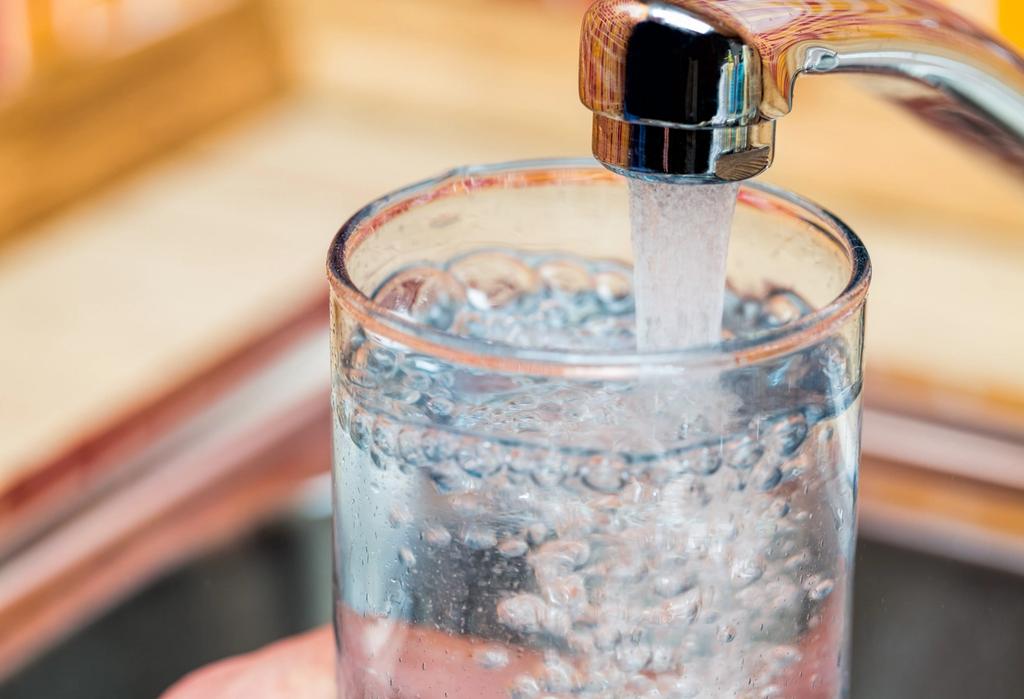
Control Taps
Replace standard taps in high-use areas (like school, leisure, or hospital washrooms) with sensor-activated or push-button (time-flow) taps.
Why save water?
- Cut your utility bills: Reducing water consumption directly lowers your metered water and sewerage charges, delivering immediate financial savings.
- Lower energy costs for your business: Less water used (especially hot water) means less energy spent on pumping, heating, and treating it, which significantly reduces your gas and electricity bills.
- Boost sustainability and your reputation: Demonstrating water efficiency strengthens your Corporate Social Responsibility (CSR), attracts eco-conscious customers and investors, and builds brand resilience.
- Reduce business risk: Water scarcity and drought are growing threats. Efficient use mitigates the risk of supply disruptions, operational slowdowns, and potential future water price increases.
- Protect the environment: Conserving water reduces the strain on local rivers and ecosystems and lowers the carbon footprint associated with water treatment and transportation.
Get your hands on some water saving freebies
We're offering all of our business customers free water saving devices. Order yours here(opens in a new tab), and start saving water, energy and money, just like hundreds of other businesses in your local area are doing.
Your action plan to be more water efficient
Here's an action plan to follow to help your business use water more effciently:

1. Find out how much water you use
Compare your bills from the previous years to see how much water you’re using. Also ask us about data logging(opens in a new tab), where we fit a small device to your meter that records your water use every hour. You can see exactly when you’re using the most water, and identify ways to save.
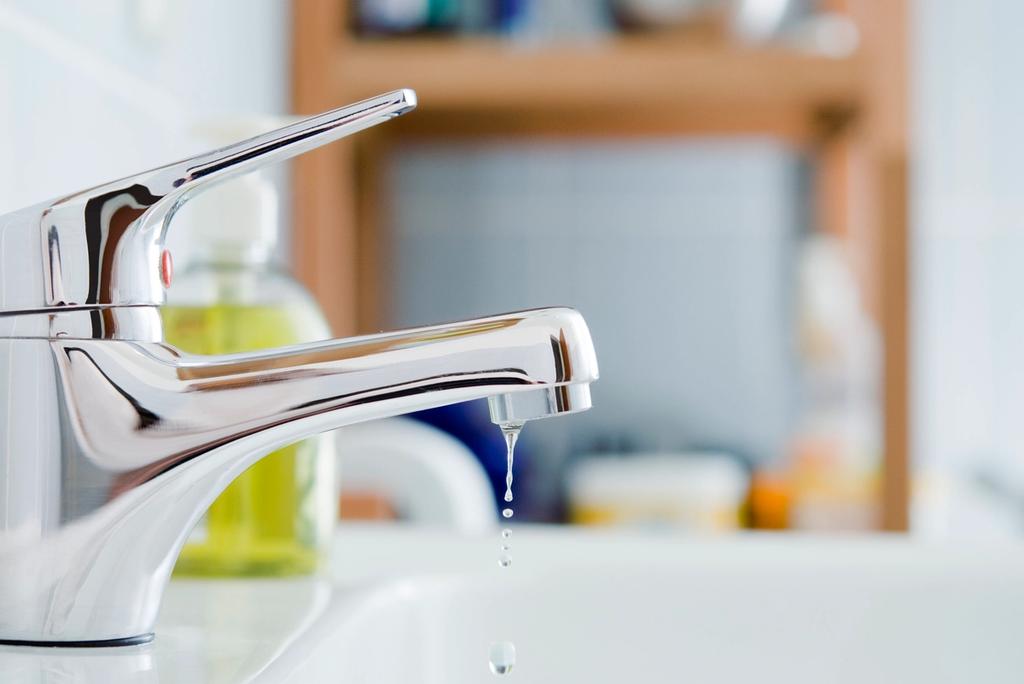
2. Check for leaks and drips
Fit sensors on taps and urinals to stop unnecessary waste. Are any taps dripping or leaking? One dripping tap can waste up to 60 litres of water a day - the same as seven full bathtubs. You can also order up to two tap aerators from us for FREE, here(opens in a new tab).
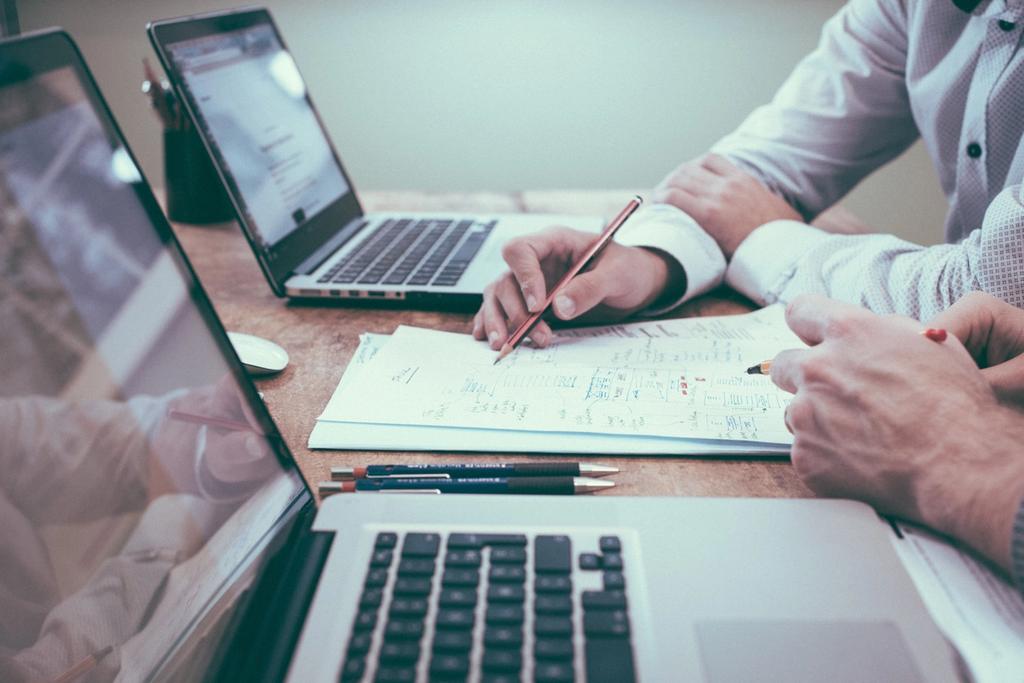
3. Make sure you're compliant
All businesses must comply with Part G of the Water Fittings Regulations for hot and cold water supply. This is a legal requirement. You can find out more about this here(opens in a new tab).

4. Get staff involved
Put up posters around your business and encourage everyone to meet a specific reduction target. You could also encourage staff to use the eco settings on washing machines and dishwashers, as well as use the single flush on toilets.
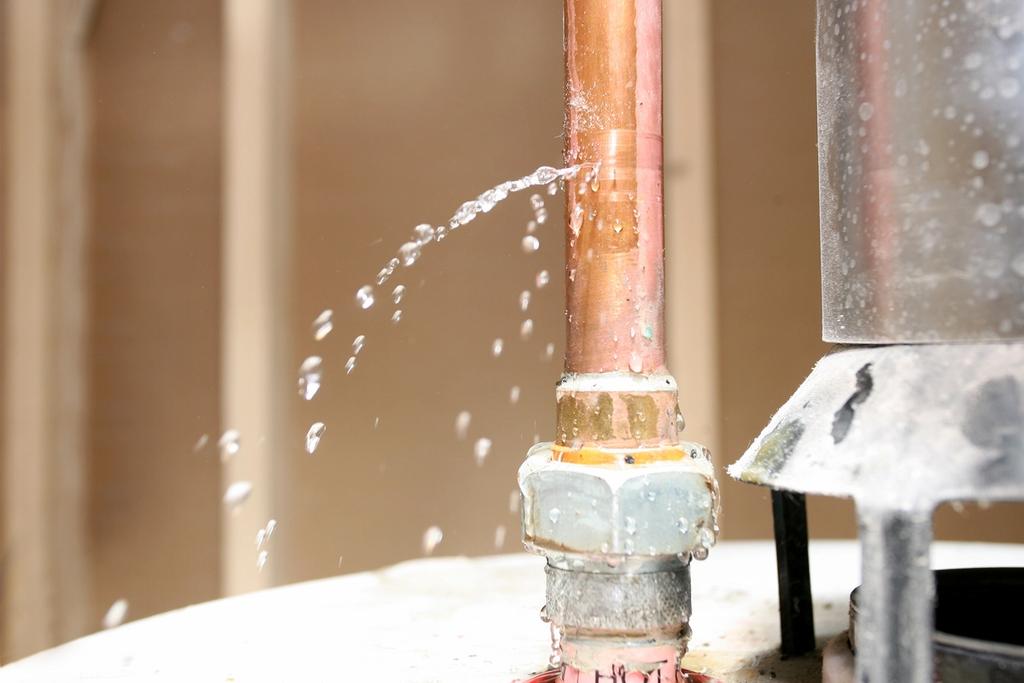
5. Check your meter for leaks
Turn off all the taps on your premises and check your water meter. If the numbers are still moving on the display, you might have a leak on your supply pipe. Leaks can go unnoticed and cause thousands of pounds of damage, so it's important to find and fix any as quickly as possible.

6. Measure your progress
Once you've made changes, compare your old water bills to your new ones to see how much water you’ve saved. Share savings and progress regularly with your team for motivation, and to encourage long term behaviour change.
